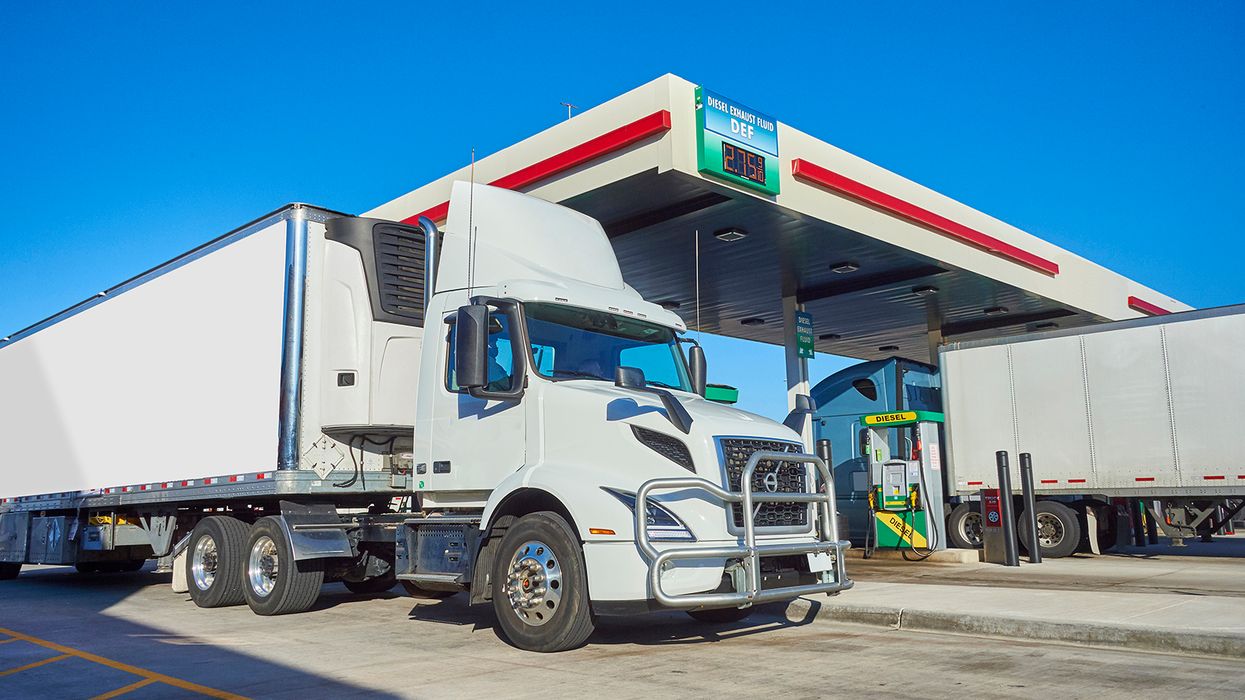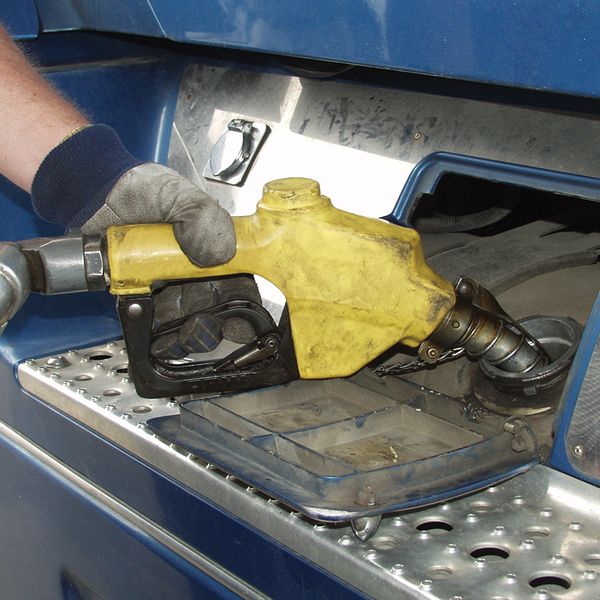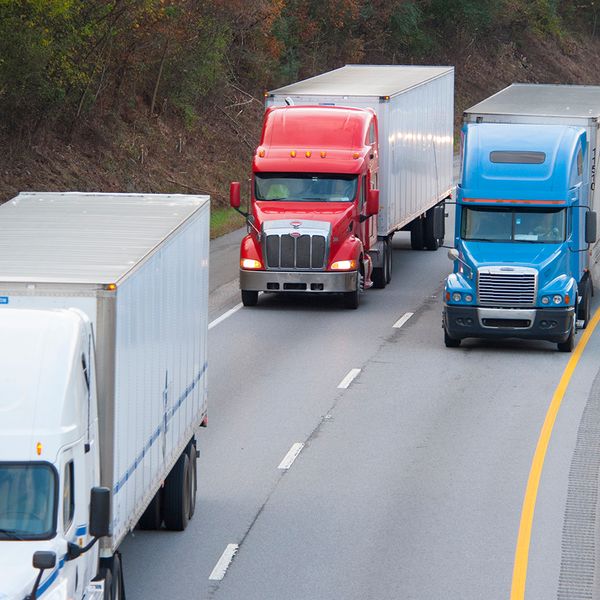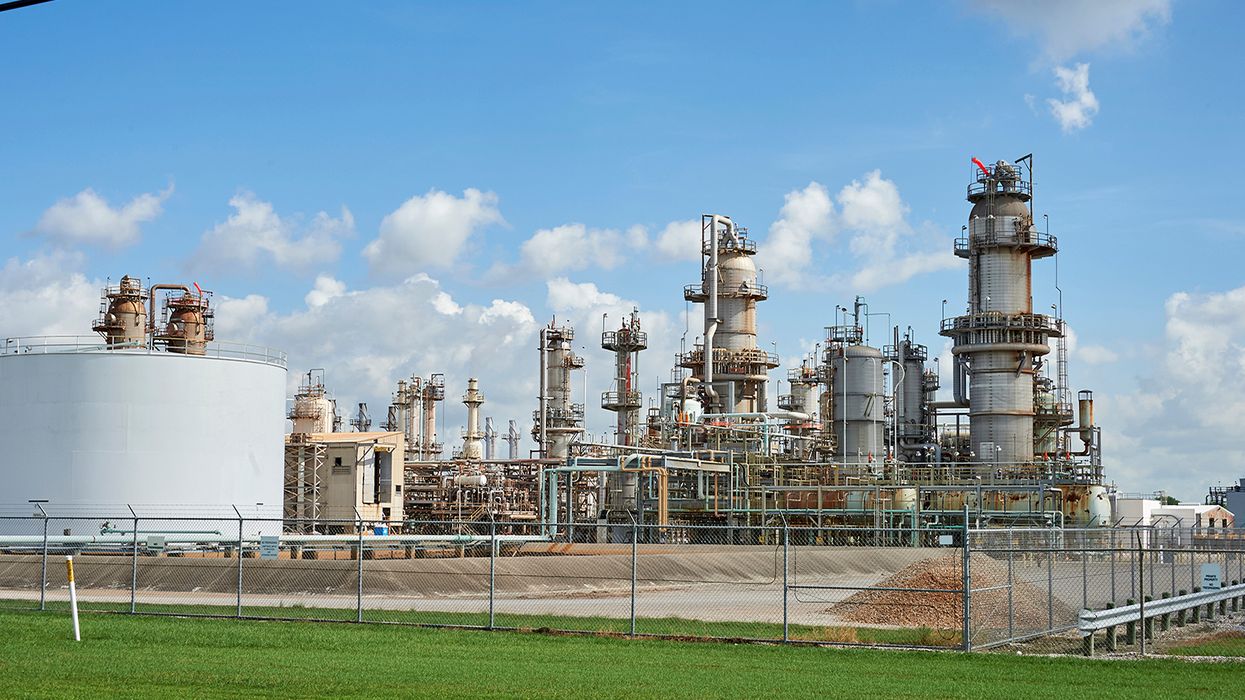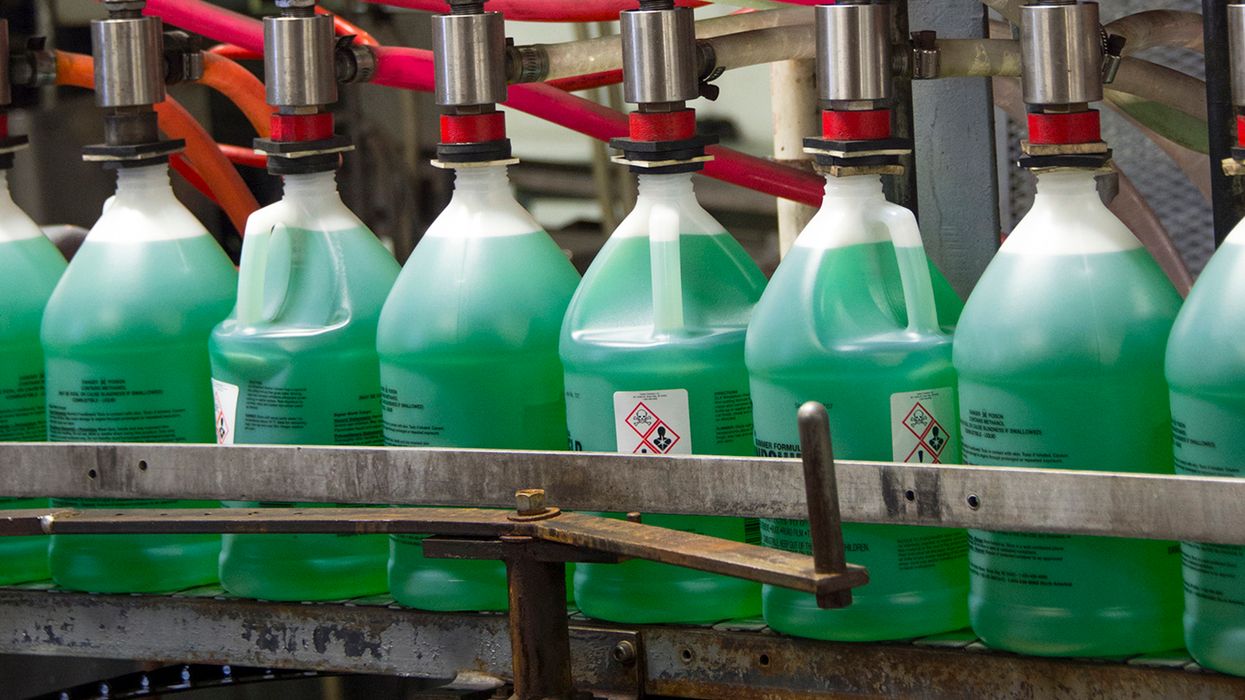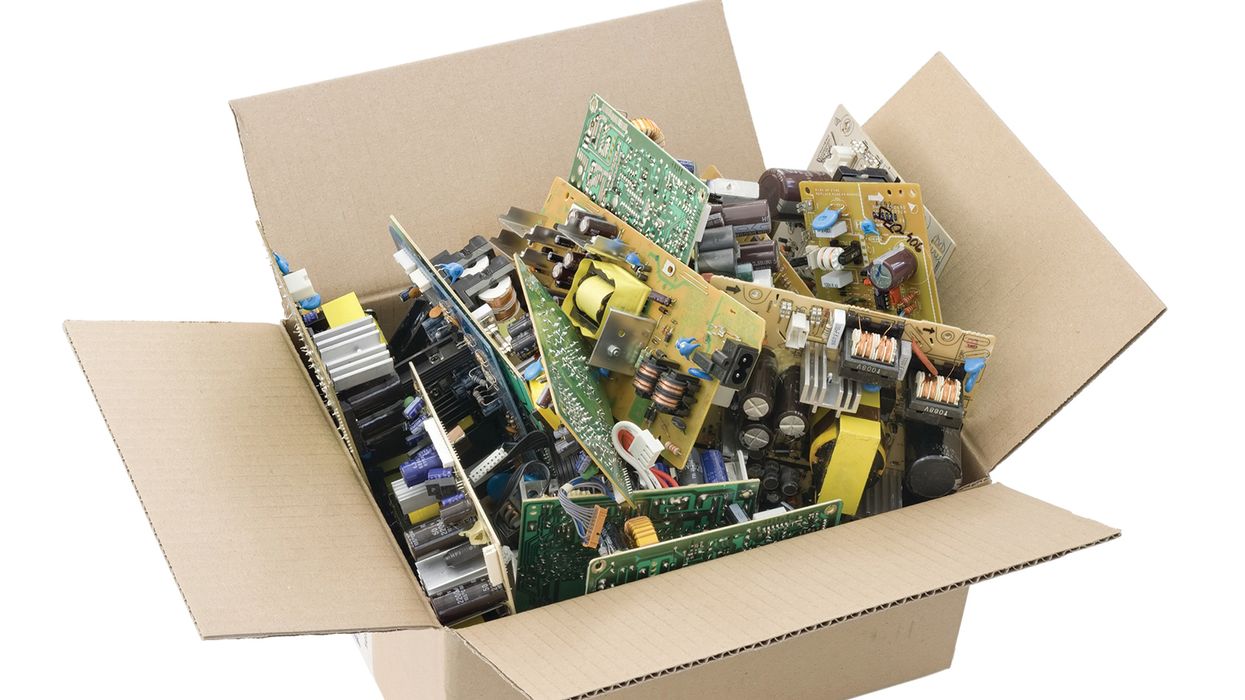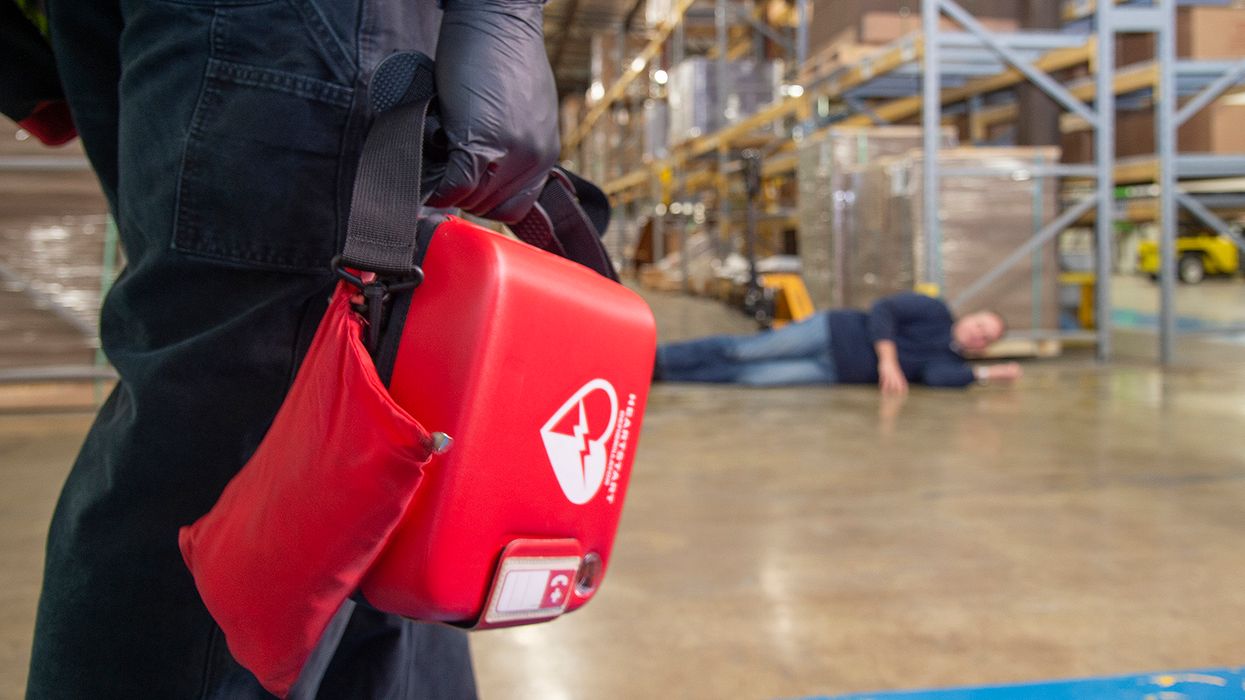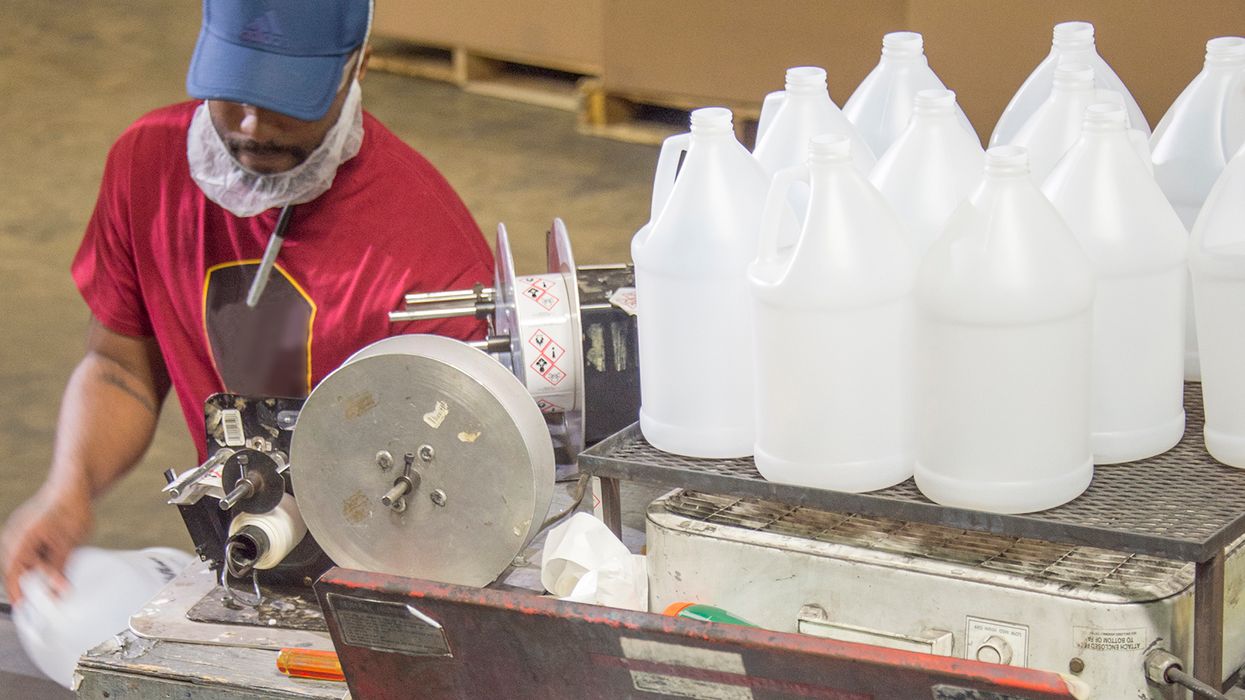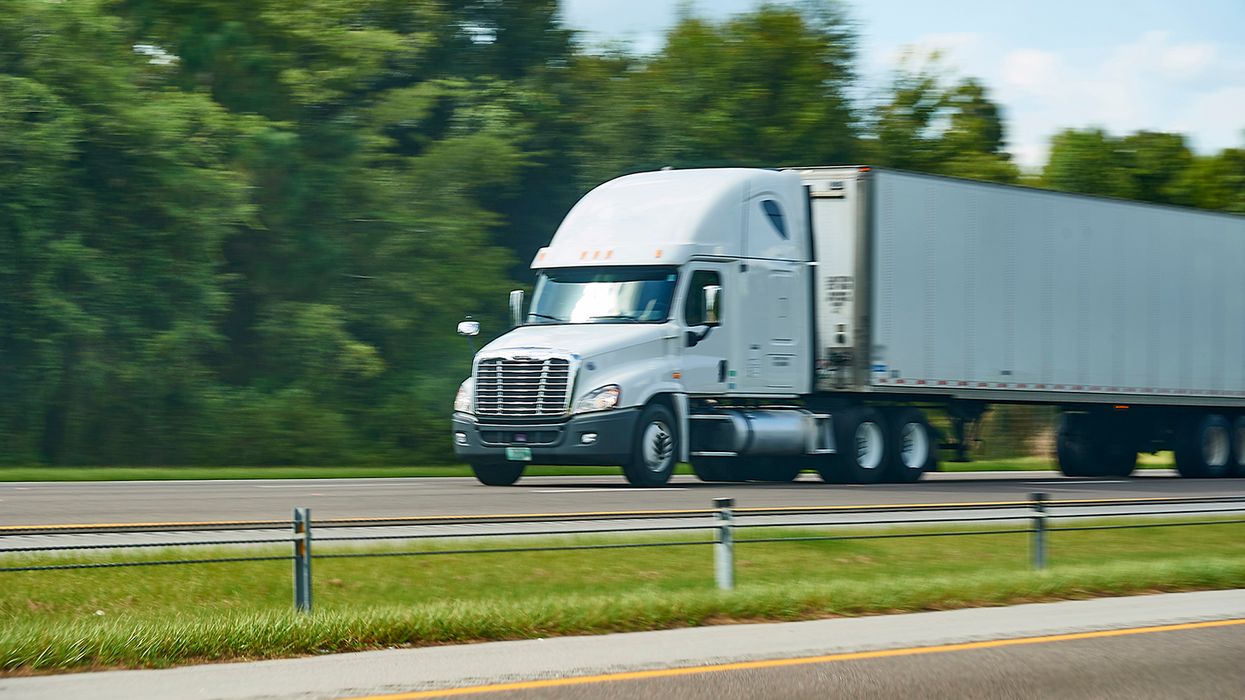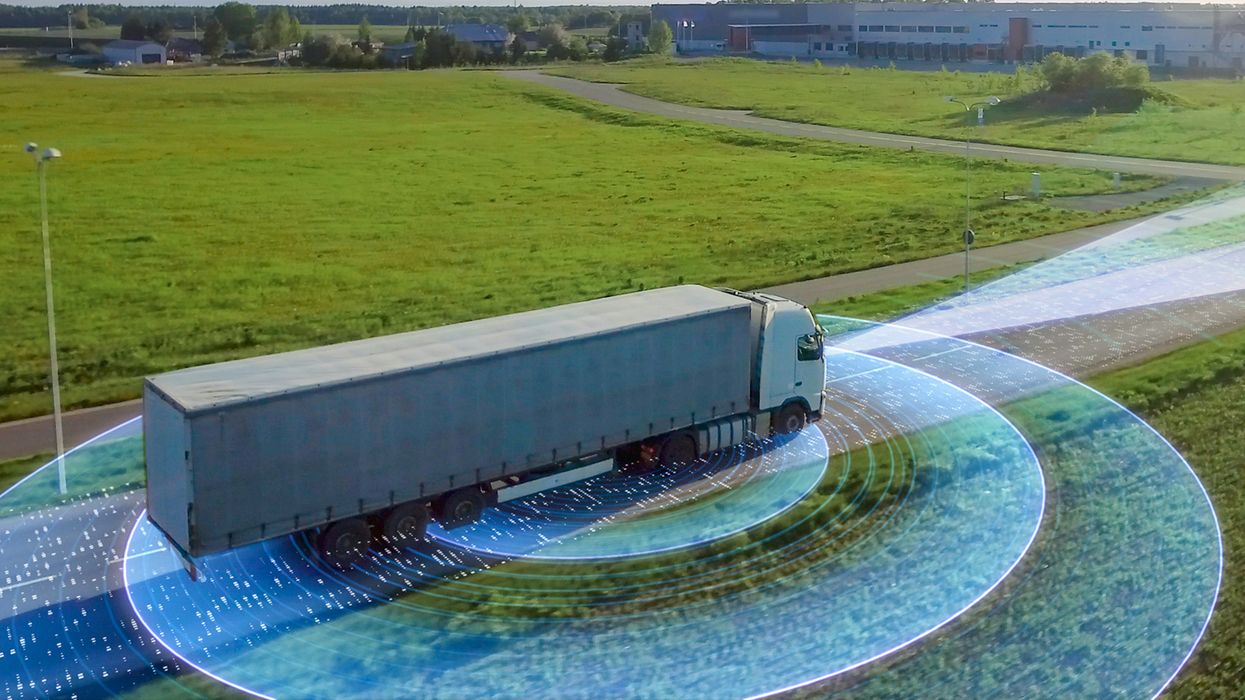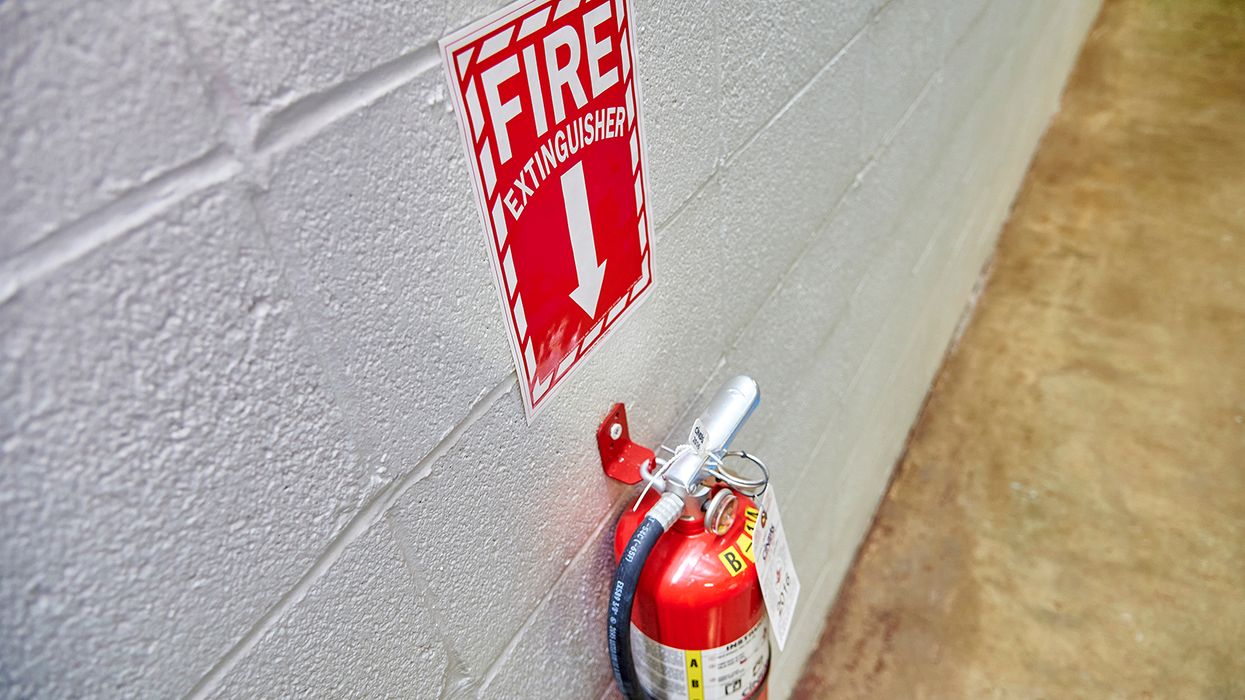Natural gas as a diesel or gasoline alternative – Answers to three critical questions
Carriers that need to reduce their carbon footprint from diesel or gasoline have several alternative fuels to choose from besides battery electric. Compressed natural gas (CNG) and renewable natural gas (RNG) are increasingly used in commercial vehicles, from work trucks to over-the-road Class 8 semi-trucks.
Fleets cannot risk widespread service interruptions because an inappropriate fuel was selected. Yet, the choice must be cost-effective. This article will address three critical questions to help evaluate CNG and RNG.
1. What are CNG and RNG?
These definitions are from the U.S. Department of Energy (DOE) Alternative Fuels Data Center (AFDC):
Compressed natural gas (CNG) is a non-renewable fossil fuel extracted through wells in subsurface rock formations. CNG is produced by compressing natural gas to less than one percent of its volume at standard atmospheric pressure. To provide adequate driving range, CNG is stored onboard a vehicle in a compressed gaseous state at a pressure of up to 3,600 pounds per square inch.
Renewable natural gas (RNG), also referred to as biomethane, is a gaseous byproduct of the decomposition of organic matter such as landfill waste, cow manure, and wastewater processed to purity standards. RNG is fully interchangeable with conventional natural gas and can be used when compressed or liquified in natural gas vehicles.
NOTE: Both natural gas options have properties very different from diesel and gasoline, such as being lighter than air when leaked, that require the training of technicians, drivers, and other affected employees.
2. What is the emissions impact and positives and negatives of both?
Below is a summary of the emissions reduction toward meeting greenhouse gas (GHG) requirements, along with positives and negatives of each.
| Alternative fuel | Emissions Impact | Positives | Negatives |
| CNG | 10 percent lower carbon dioxide (CO2) emissions than diesel | - Widespread availability - Relatively low cost - Similar fuel efficiency and performance to gasoline or diesel engines - Can be used in dual-fuel engines - Can convert gasoline or diesel vehicles to CNG - No particulate filter issues or cost | - Need liquified natural gas (LNG) or more storage tanks to increase range - Limited fueling infrastructure - Possible facility modifications for fueling and to meet fire, electrical, mechanical, building and other safety codes for natural gas. |
| RNG | Negative carbon intensity* due to harmful methane removal | - Relatively low cost - Widespread availability in CA - Reliable powertrains - Growing in use - Interchangeable with CNG in vehicles and distribution channels | - 60 percent of supply is in California - Possible facility modifications for fueling and to meet fire, electrical, mechanical, building and other safety codes for natural gas. |
*Carbon intensity measures carbon dioxide and other greenhouse gases (CO2 equivalent) when generating the fuel.
3. What are the emissions rules and incentives in the operating area?
GHG emissions requirements from states or the Environmental Protection Agency (EPA) and available state or federal incentives are factors for deciding which alternative fuel vehicle will work for a fleet. After emissions deadlines pass, penalties are possible, and incentives expire.
One example is California’s mandate, where by 2035, the Advanced Clean Trucks (ACT) rule will require that 40 percent of semi-truck tractors sold, and by 2045, all trucks sold to be zero-emission vehicles (ZEVs), not specifically electric. The ACT was enabled by an EPA waiver on March 31, 2023.
The ACT rule was also adopted by New Jersey, Washington, Oregon, Massachusetts, and Vermont, with other states considering adoption.
To understand the fleet impact by state, see the current emissions regulations and incentives on this DOE website:
For more information on other alternative fuels, check out the Institute article — Alternative fuel vehicles.
Keys to remember: Fleet leadership must understand which alternative fuel options work best for their vehicles and operational demands. However, start the process to reduce emissions to meet fast-approaching deadlines and to capture incentives.

